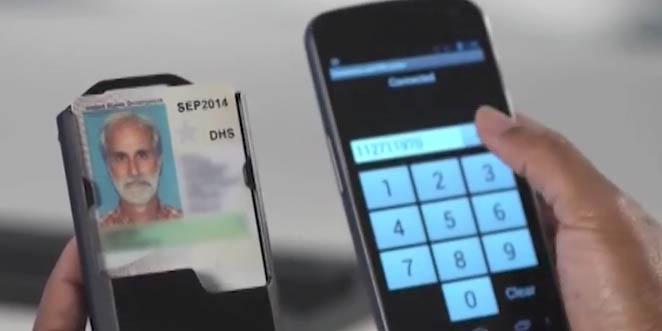Protecting Personal Information
Northeastern University will develop a system that organizations and individuals can use to audit and control personally identifiable information leaks from connected devices. The research team will investigate how to use machine learning to reliably identify the information in network flows and will develop algorithms that incorporate user feedback to adapt to the constantly changing landscape of privacy leaks.
Through an initiative titled “Revealing and Controlling Privacy Leaks in Network Traffic,” university researchers will build open-source applications that will enable users to control how their information is shared with third parties. The team also will extend the solution to address privacy leaks from Internet of Things devices.
Work will be done under an award from the U.S. Department of Homeland Security’s Science and Technology Directorate Cyber Security Division (CSD) Data Privacy project. The project seeks architectures, tools, applied models and other solutions across the research and development life cycle along three primary contexts: connected devices, mobile computing and sensor platforms; large-scale and heterogeneous data and algorithms; and digital services delivery.
“In today’s digital age, we need new technologies that will empower us to control the sharing of our personally identifiable information by our connected devices,” says William N. Bryan, acting undersecretary, Science and Technology Directorate, DHS. “The new capability envisioned by this project will help protect our information from exploitation by cyber criminals and also build confidence in our growing online presence.”
Erin Kenneally, program manager for the Data Privacy project, points out the importance of equipping users with the ability to detect, analyze and respond to personally identifiable information, or PII, collections, uses and disclosures that infringe on personal rights of privacy. “This project will develop the tools that will empower owners and operators of critical infrastructure and individuals to measure the extent of personal information protections and ultimately to foster trust in connected systems so all stakeholders can benefit from innovation,” Kenneally states.
The division is part of the Homeland Security Advanced Research Projects Agency. It conducts and supports technology transitions as well as leads and coordinates research and development for the department’s customers, government agencies, the private sector and international partners.






Comments